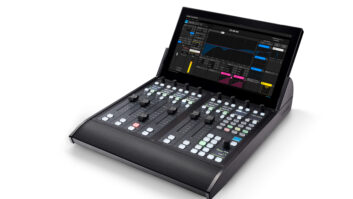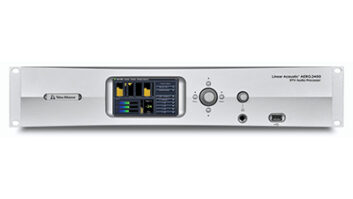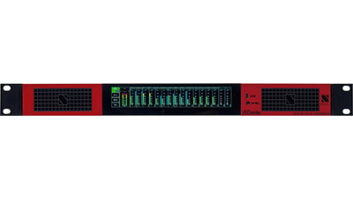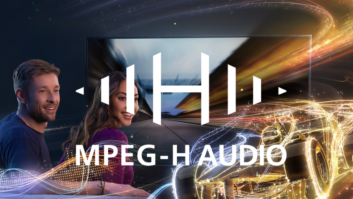“Predicting the future shape of technology is a fool’s game,” claimed BBC Technology correspondent Rory Cellan-Jones recently. “If you believed the forecasts of future-gazers when I was growing up, we would all be taking holidays on the moon, consuming our meals in tablet form and enjoying a 10-hour working week by now.”
That comment is certainly true at a general level but less so in any area of business related to the electronics industry. Here, if anything, progress comes hurtling in a thousand times faster than the average prophet could possibly predict.
Technologies and implementations for delivering uncompressed multi-channel low-latency digital audio over a standard Ethernet network have existed since the mid to late 1990s. The first commercially successful system was Park Audio’s CobraNet which was introduced in 1996.
Since that time, IT technology based on Ethernet has been adopted very widely thanks to the ever-increasing capacity of network infrastructures and falling costs. Ethernet is today the dominant delivery platform for audio and video media technology.
One of the very important aspects of this large consolidation of network technology is the strong focus on standardisation of Ethernet protocols and formats. Another advantage of Ethernet is the layered approach of building each successive standard on top of its predecessor. Ethernet is an open and widely accepted standard (IEE 802.3) that, in the IT sector, has largely replaced competing wired LAN technologies such as FDDI and ARCNET.
Alongside and after the first introduction of Cobranet, other similar formats for realtime audio via Ethernet appeared. One example is Livewire, which has the ability to operate at the Layer 2 level on fast Ethernet (100 megabit per second) networks. However, the capacity was less than 100 channels and the audio and clocking formats were based on proprietary implementation on top of the Ethernet standards.
In recent years, proprietary systems from QSC and Audinate/Dante based on Gigabit Ethernet Layer 3 offering many hundreds of channels have appeared. Following these, the Ravenna format has been introduced as an open implementation framework by the ALC group. In 2013 the AES67 standard from Audio Engineering Society was published. Formats based on AVB Layer 2 are also used for Gigabit audio interfacing in some systems.
These newer generation of formats for realtime audio using Ethernet are all different. The basic Ethernet specifications are used and common, like IP/UDP, and PTP/clock synchronisation via the IEEE 1588 standard, but once we see the implementations as a system with audio packages, clocking, device discovery, configuration and control, they will work only with themselves.
So is interoperability an illusion? Over the short term of some three to five years ahead I think that is indeed the case.
The main focus for manufacturers and customers now is to implement systems and solutions that work most efficiently within the area they cover, even though the products used may not be universally interoperable. The main focus for a new technology like this is to provide practical working solutions embracing the core benefits of Ethernet technology
I am confident that standardisation work will continue and eventually embrace the complete functionality that needs to be in place for manufacturers to offer interoperable products based on open and accessible standards.







